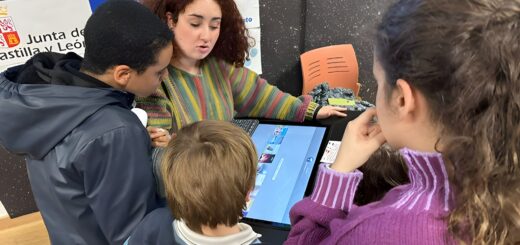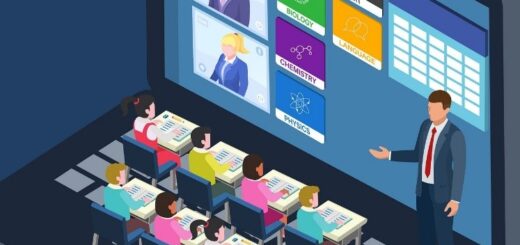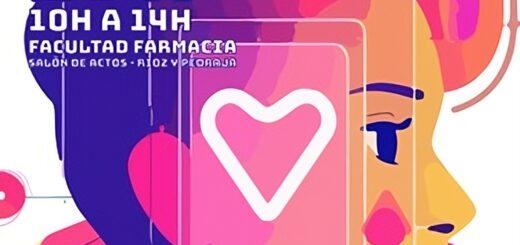The Teaching Materials of Digital Childhood
With this situation in mind, we decided to develop the research project called Infanci@ Digit@l (Digital Childhood) in which a team from five universities in Galicia, the Canary Islands and Valencia will spend four years studying how and from what perspective digital teaching materials are being used in the classroom, particularly in the second cycle of early childhood education (3-6 years). The project investigated the technical and pedagogical characteristics of digital teaching resources and materials (DTR/DTM) and the uses and practices developed with them in both school and family contexts.
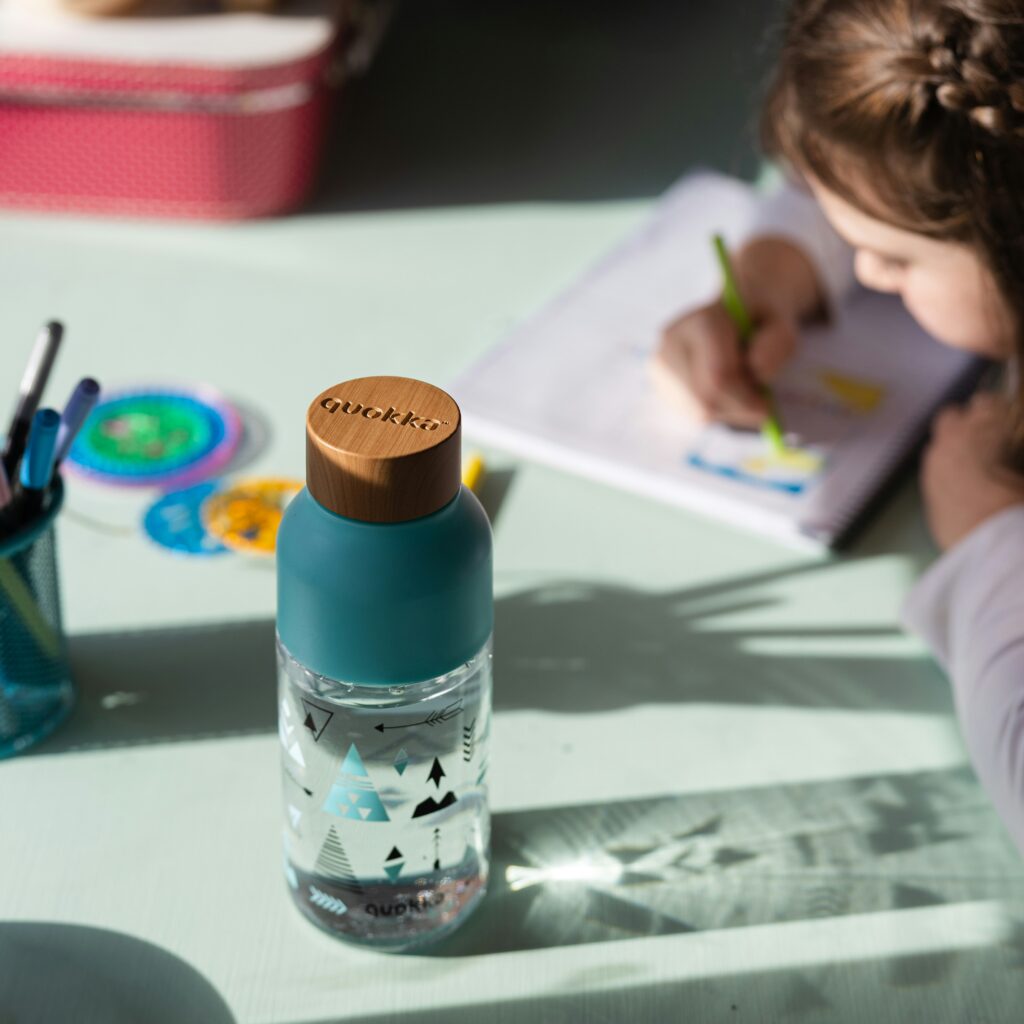
Foto de quokkabottles en Unsplash
Some of the fundamental questions that guided our study were: What kind of educational materials are offered digitally in the Spanish context for this school year? What pedagogical model underlies them? How do the teachers and the families of these children perceive the educational impact of these digital resources? How are they used in the classroom and at home? What recommendations or prescriptions can be made to teachers and parents involved in the use of digital educational resources and materials in early childhood education?
The project was developed by three research groups from different Spanish universities (La Laguna, Santiago de Compostela and Valencia) (CRIE, EDULLAB, STELLAE, among others). The project lasted almost four years (2019-2022). With this in mind, a mixed research approach was designed with four complementary studies of different natures in terms of their objectives, their procedures and their scope of action
Study 1. To analyse the pedagogical and technological characteristics of a sample of digital educational content repositories and platforms currently existing in our country, aimed at the second cycle of early childhood education, including both commercial educational content platforms and public institutional repositories. Different analytical tools were developed, validated and applied to a sample of commercial educational content platforms, institutional repositories and proposals for materials developed by teachers.
Study 2. To identify the representations and opinions of teachers and families regarding the potential and educational usefulness of digital resources and materials for early childhood education. Discussion groups were held with teachers, students and families, and interviews were conducted with managers of companies and regional portals.
Study 3. To explore the educational use of digital materials or content at school and at home in a sample of second-cycle early childhood education classrooms in the autonomous regions of the Canary Islands, Galicia and Valencia.
Study 4. To develop and validate a guide of best practice recommendations for the didactic use of these materials, aimed at teachers and families.
In terms of results and suggestions, we highlight some of the most significant:
While the technical and design aspects of the resources seem to be the most carefully considered, the content and pedagogical aspects are more questionable. For example, many materials reflect pedagogical approaches that favour rote learning and repetition, and are far removed from meaningful learning.
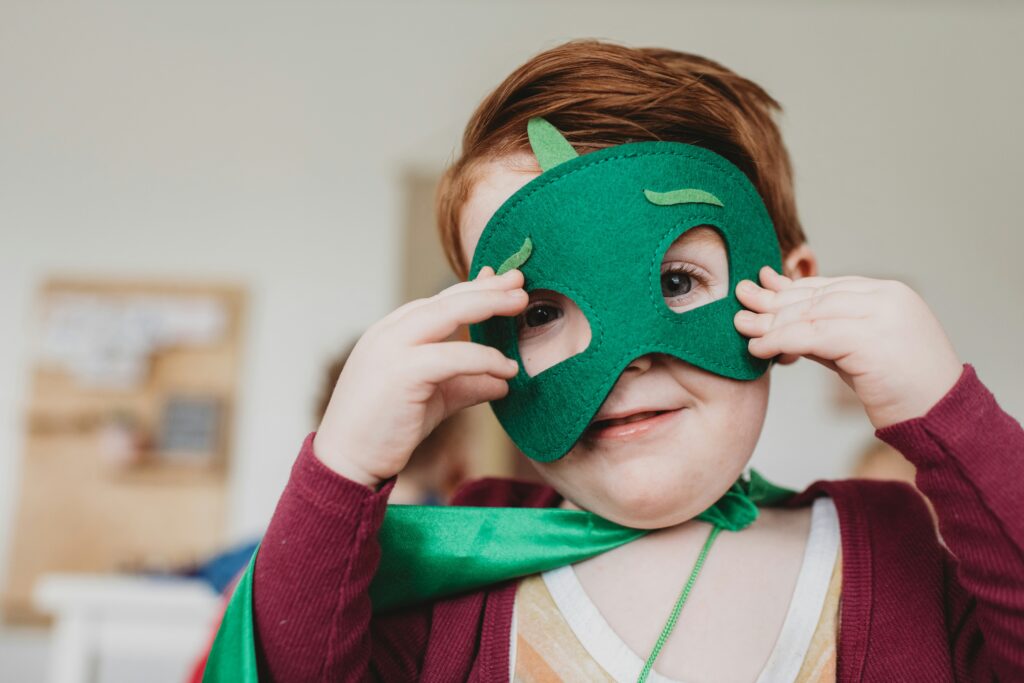
The research carried out shows that in order to take full advantage of the contributions of digitisation in schools and the possibilities of the materials, it is essential to have teachers with solid training. The project has identified shortcomings in the initial and in-service training of teachers, so there is a need to improve digital and media literacy.
It is important to reflect on the time children spend using technology and digital media, both at school and at home, whether for leisure or educational purposes. It is a good idea to design and implement activities that combine the use of digital materials with other manipulatives and tangible materials, but always linked and integrated into the teaching and learning process.
It is essential that any educational activity involving the use of ICT and DTM is based on a project structure that establishes well-defined objectives, deadlines and methods, respecting the natural evolution of the growth process and the pace of learning of children. Similarly, schools should not adapt to digital technology but grow with it, creating complementarity between analogue and screen culture.
In general, the studies conclude that it is essential to develop policies that insist on the development of contextualised strategies for digitalisation, the improvement of digital literacy among different groups and a significant improvement in the training of families, teachers and students. It is also essential to commit to joint planning in which teachers, families, students, administrations and other groups share clear and common objectives for the implementation of digitalisation in schools.
Some of the central questions of the research are:
What educational materials are offered digitally in the Spanish context for Early Childhood Education? What pedagogical model underlies them? How do the teachers and the families of these children perceive the educational impact of these digital resources? How are they used in the classroom and at home? What recommendations or prescriptions can be made to teachers and parents involved in the pedagogical use of digital educational resources and materials in early childhood education?
The research has helped to identify and show the current situation in the Spanish school system regarding the availability and characteristics of digital educational materials in Early Childhood Education, what their users think about them and how they are used in schools and classrooms.
In conclusion, we would like to stress that the results found reflect that the educational system is in a situation of transition or transformation of its educational practices. According to the opinions expressed by social, economic and educational actors, schools cannot remain unaware of the technological race that the rest of society is experiencing. In the case of Early Childhood Education, it is essential to protect children from the high risks of technology and to adequately train families and professionals in the correct use of digital resources at this stage.
Bibliography:
- Area Moreira, M., Rodríguez Rodríguez, J., Peirats Chacón, J. and San Martín Alonso, A. (coords.) (2023). Infanci@ Digit@l. Graó
- Rodríguez Rodríguez, Jesús; Area Moreira, M. and San Martín Alonso, A. (coords.) Infancia y transformación digital de la educación. Miradas Diversas, Dykinson, 2024. (ISBN 9788411704359). Spain. https://doi.org/10.14679/2861
- Various (2022): Guía de buenas prácticas para familias y docentes. Recomendaciones para el uso de la tecnología en Educación Infantil. Repository of the University of La Laguna. https://riull.ull.es/xmlui/handle/915/31096
Magazine monographs:
Infancia y tecnologías en la escuela y el hogar
Area Moreira,M. Rodríguez Rodríguez, J. and Peirats Chacón, J. (2022). Digital Education Review, 41
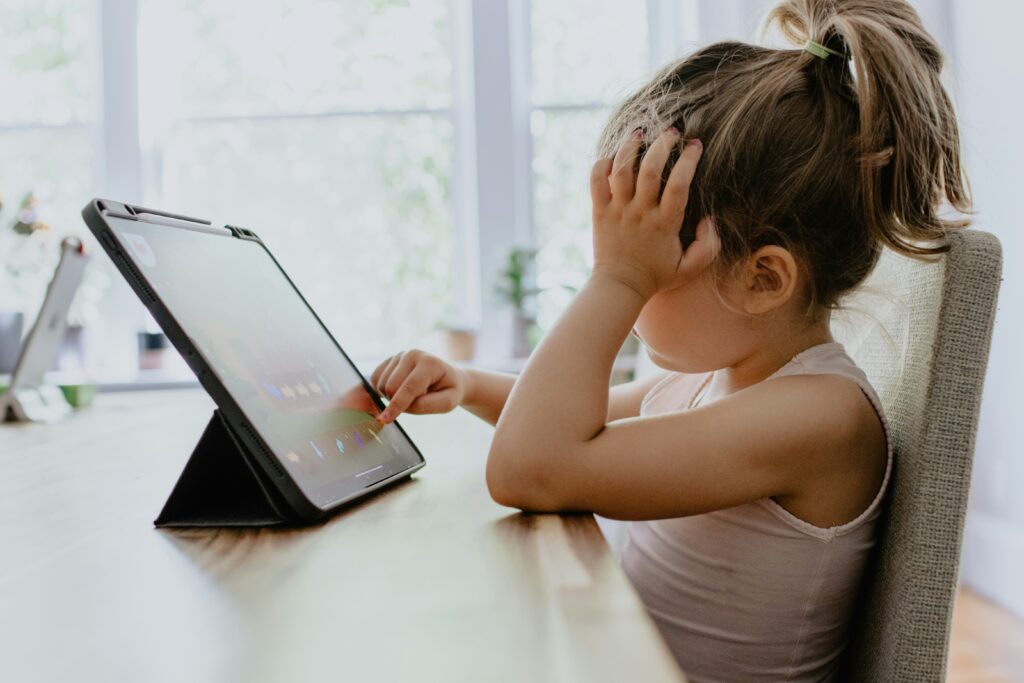
Foto de Kelly Sikkema en Unsplash
Autores:
Manuel Area Moreira,
Professor and Director of the Education and New Technologies Laboratory (EDULLAB). Department of Teaching and Educational Research. Faculty of Education. University of La Laguna.
Jesús Rodríguez Rodríguez,
Professor. Department of Pedagogy and Teaching. Faculty of Education Science. University of Santiago de Compostela. STELLAE Research Group. Member of IARTEM. (International Association for Research on Textbooks and Educational Media) and Nova Escola Galega.
